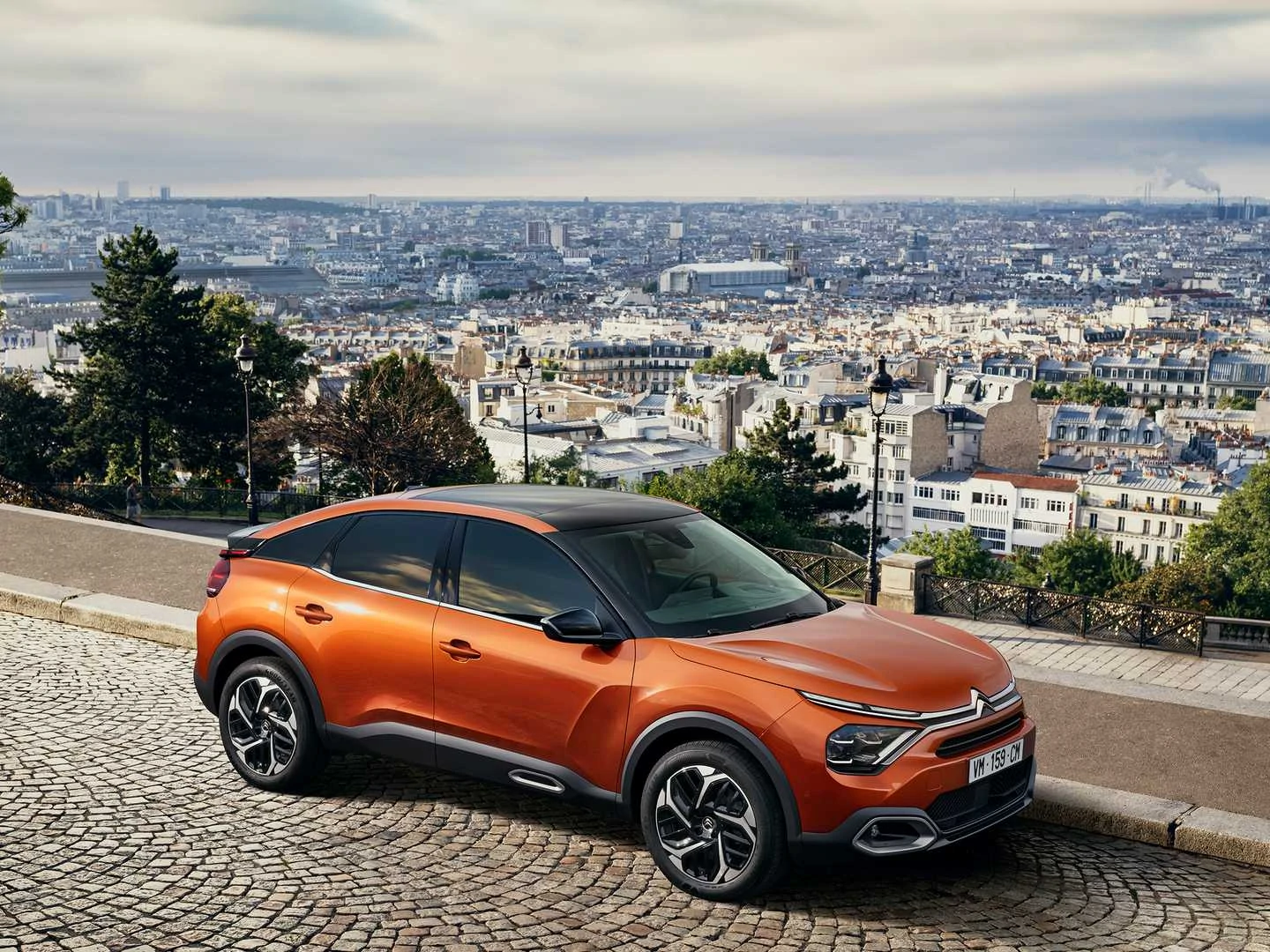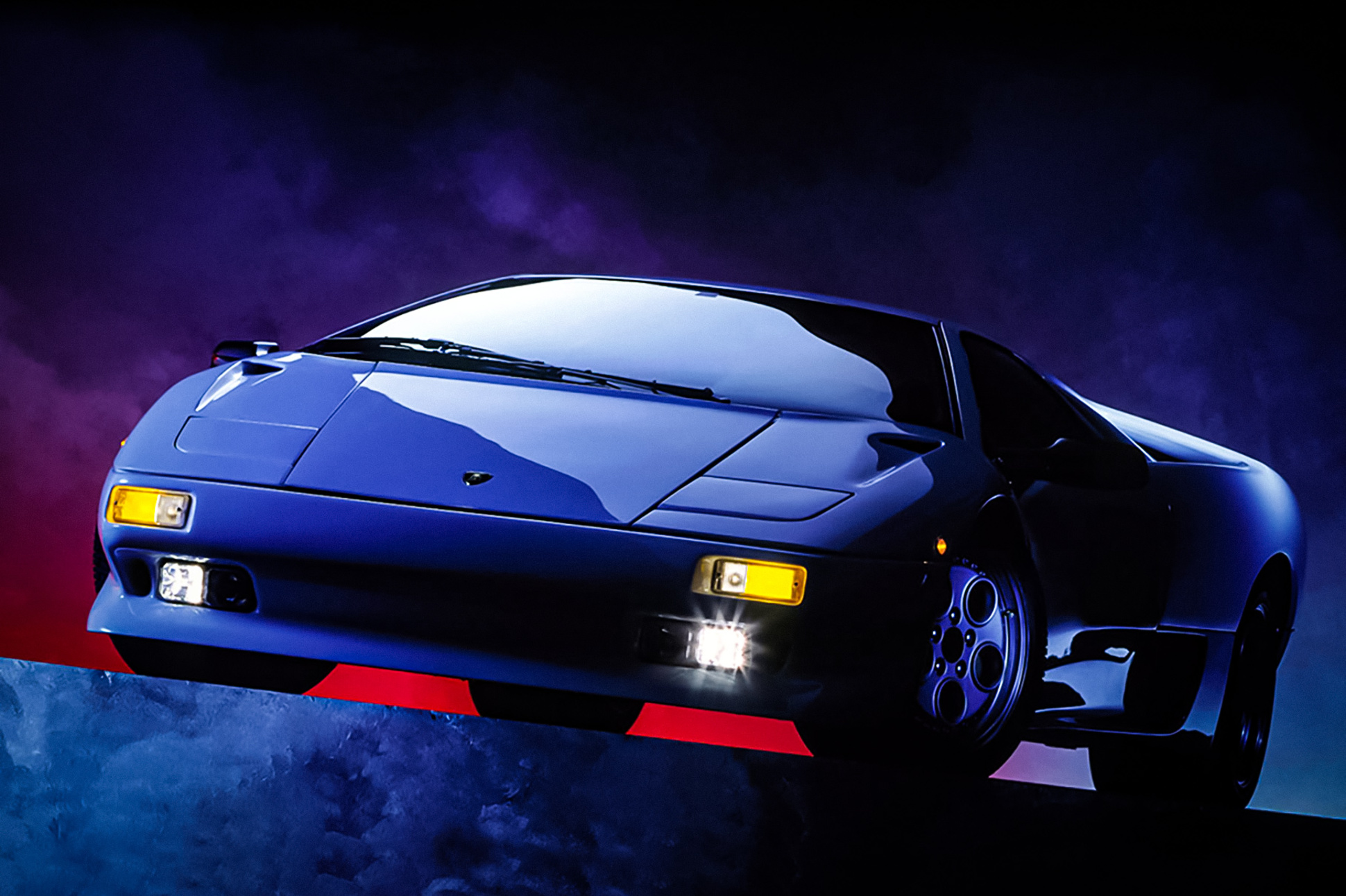
History of the automotive industry in Poland: prototypes of the FSO's and 's.
The production cars produced by Fabryka Samochodow Osobowych never impressed with their modernity and manufacturability, however, on the sidelines of the design department, only prototypes were created, which never entered production, but if they had such an opportunity, the Polish automotive industry would look different.
The first prototype built at the FSO was a modernized version of the 1956 Warsaw. The M20-U version had a modified 60 hp engine. at 3900 rpm. Thanks to a more powerful engine, the Warsaw prototype accelerated to 132 km / h with fuel consumption at the level of the production model. The brakes have also been improved - using a duplex system (braking system with two parallel pads). The car has undergone changes in terms of styling - the front part of the body has been significantly redesigned, the wings have been changed.
In 1957, work began on the most beautiful Polish car in history. We are talking about the legendary Syrena Sport - the design of a sports car 2 + 2, the body of which was prepared by Caesar Navrot. Siren, most likely modeled after the Mercedes 190SL, looked just crazy. True, he had an engine that did not allow sports driving (35 hp, maximum speed - 110 km / h), but he made an amazing impression. The prototype was presented in 1960, but the authorities did not want to put it into production - it did not fit into the socialist ideology. The authorities preferred to develop cheap low-volume family cars rather than plastic sports cars. The prototype was transferred to the Research and Development Center in Falenica and remained there until the XNUMXs. It was later destroyed.
Using Syrena components, Polish designers also prepared a minibus prototype based on the LT 600 model from Lloyd Motoren Werke GmbH. The prototype used a slightly modified Syrena chassis and engine. It weighed the same as the standard version but offered more seating and could be fitted as an ambulance.
As early as 1959, plans were put forward to change the entire Warsaw Corps. It was decided to order a completely new bodywork from Ghia. The Italians received the chassis of the FSO car and designed a modern and attractive body based on it. Unfortunately, the production start-up costs were too high and it was decided to stick with the old version.
A similar fate befell the Warsaw 210, designed in 1964 by FSO engineers consisting of Miroslav Gursky, Caesar Navrot, Zdzislaw Glinka, Stanislav Lukashevich and Jan Politovsky. An entirely new sedan body was prepared, which was much more modern than that of the production model. The car was more spacious, safer and could accommodate up to 6 people.
The power unit based on the Ford Falcon engine had six cylinders and a working volume of about 2500 cm³, of which it produced about 82 hp. There was also a four-cylinder version with a displacement of approximately 1700 cc and 57 hp. Power had to be transmitted through a four-speed synchronized gearbox. The six-cylinder version could reach speeds of up to 160 km / h, and the four-cylinder unit - 135 km / h. Most likely, two prototypes of Warsaw 210 were made. One is still on display at the Museum of Industry in Warsaw, and the other, according to some reports, was sent to the USSR and served as a model for the construction of the GAZ M24. automobile. However, there is no evidence that this actually happened.
The Warsaw 210 was not put into production as a license for the Fiat 125p was bought, which was a cheaper solution than preparing a new car from scratch. A similar fate befell our next "heroine" - Sirena 110, developed by the FSO since 1964.
A world-class novelty was the self-supporting hatchback body designed by Zbigniew Rzepetsky. The prototypes were equipped with modified Syrena 31 C-104 engines, although the designers had plans in the future to use a modern boxer four-stroke engine with a displacement of about 1000 cm3. Due to the replacement of the body, the mass of the car in relation to the Syrena 104 decreased by 200 kg.
Despite a very successful design, the Syrena 110 was not put into production. The socialist propaganda press explained this by the fact that 110 could not be put into series, because our motorization went along a new broad path, only rational, based on the latest technologies tested in the world. However, it cannot be denied that the solutions used in this prototype were state of the art. The reason was more prosaic - it was related to the costs of starting production, which were higher than buying a license. It should be remembered that the Fiat 126p was less roomy and comfortable than the abandoned Sirenka prototype.
The introduction of the Fiat 125p in 1967 revolutionized the organization of the automotive industry. There is no place left for Sirena, the production of which was planned to be completely stopped. Fortunately, it found its place in Bielsko-Biala, but when Syrena laminate was being developed, this decision was not certain. The Polish designers decided to develop a new body suitable for all Sirens, so that the plant does not have to maintain the entire infrastructure for the production of body parts. Several bodies were made from laminated glass, but the idea fell through when Sirena moved to Bielsko-Biala.
In the first twenty years of the FSO, there was a lot of activity of designers who did not succumb to the gray reality and wanted to create new, more advanced cars. Unfortunately, economic and political problems crossed out their bold plans to modernize the automotive industry. What would a street in People's Poland look like if at least half of these projects went into serial production?

